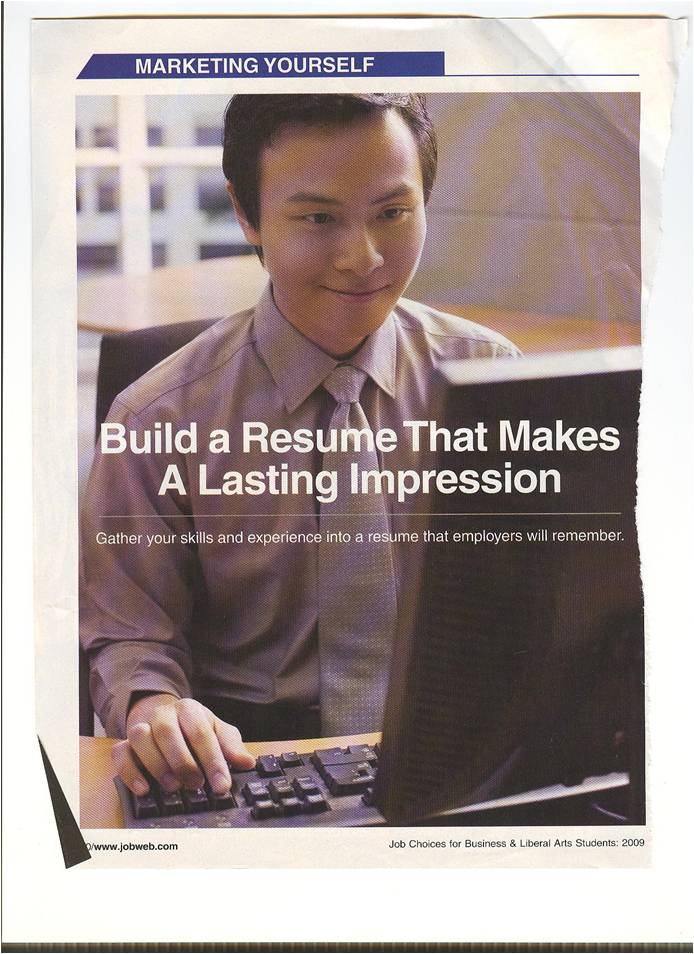
To engage career-minded and college-graduated city dwellers, we chose Twitter, Instagram, and Facebook as our three main media channels. We wanted to create a challenge in which the audience could purchase Toblerone and use the chocolate as a medium to recreate landmarks and/or popular places in the world (for example, the Eiffel Tower or the Golden Gate Bridge.)


We would choose a landmark each month for everyone to create, and they would submit their creations via photograph on Instagram. On that Instagram post, they would have a keyword to hashtag it with, like #tobleronechallenge. By tagging it with #tobleronechallenge, we (the creators of Toblerone) would be able to have a compilation of photos. We can then feature it on our Facebook. Facebook users can vote by liking and sharing the photos on their wall. Twitter folks will also be able to vote on the photos by retweeting because we will have a separate tweet for all of the photos entered. After a month, the top three favorites will be narrowed down to the top photo by the Toblerone creators. The winner will then have their creation featured on our Facebook banner and/or profile picture!
The advertisement that we will use to promote our challenge is a poster showing an image of, say, the real Eiffel Tower, but it would have bite marks at the top, or metal melting and dripping down the sides, to represent eaten or melting chocolate. On the bottom right (or any of the corners), we will have our Facebook link and/or Twitter hashtag. Because there is no information about our challenge on the poster, this will cause people to be curious and think, "why is the Eiffel Tower missing a piece?"






































